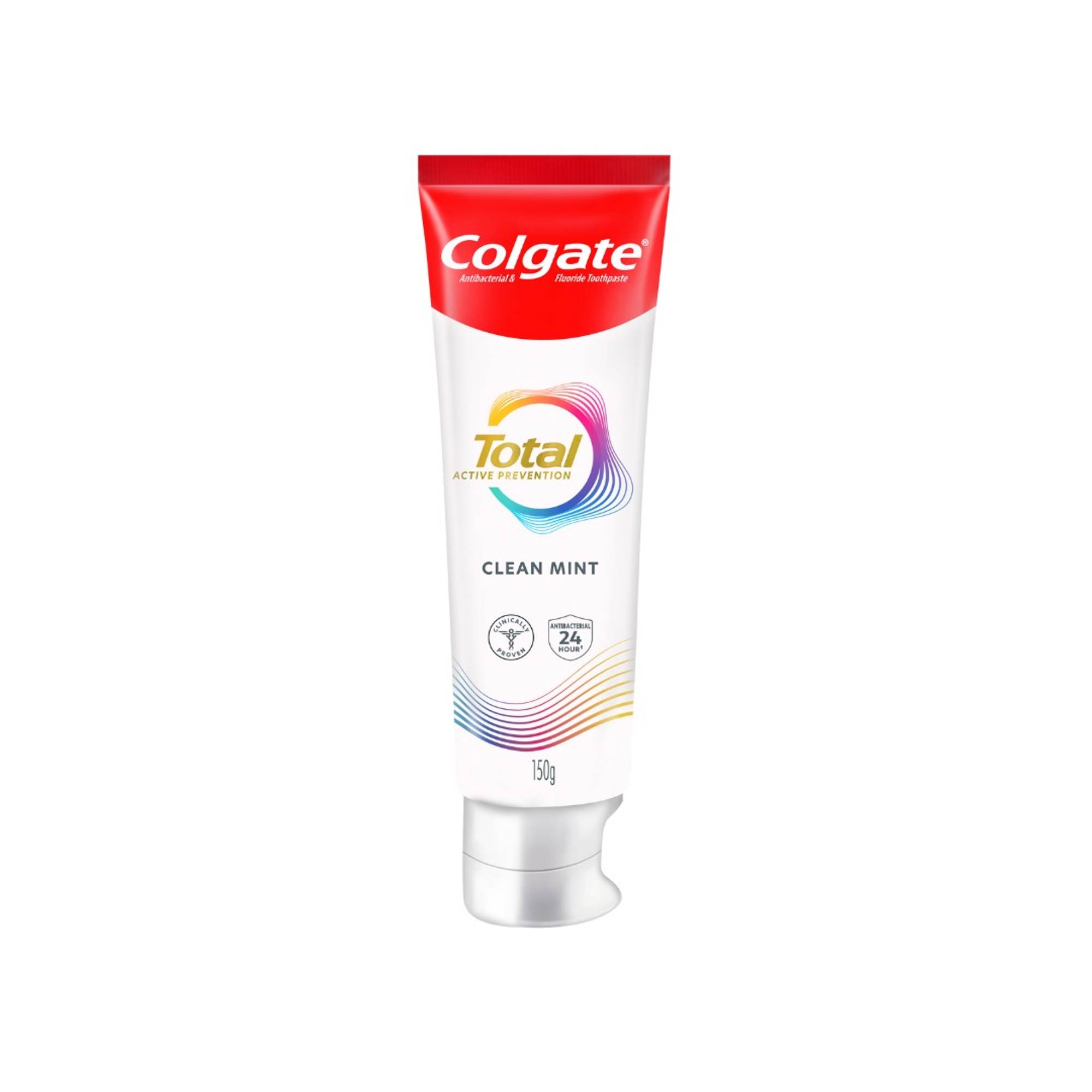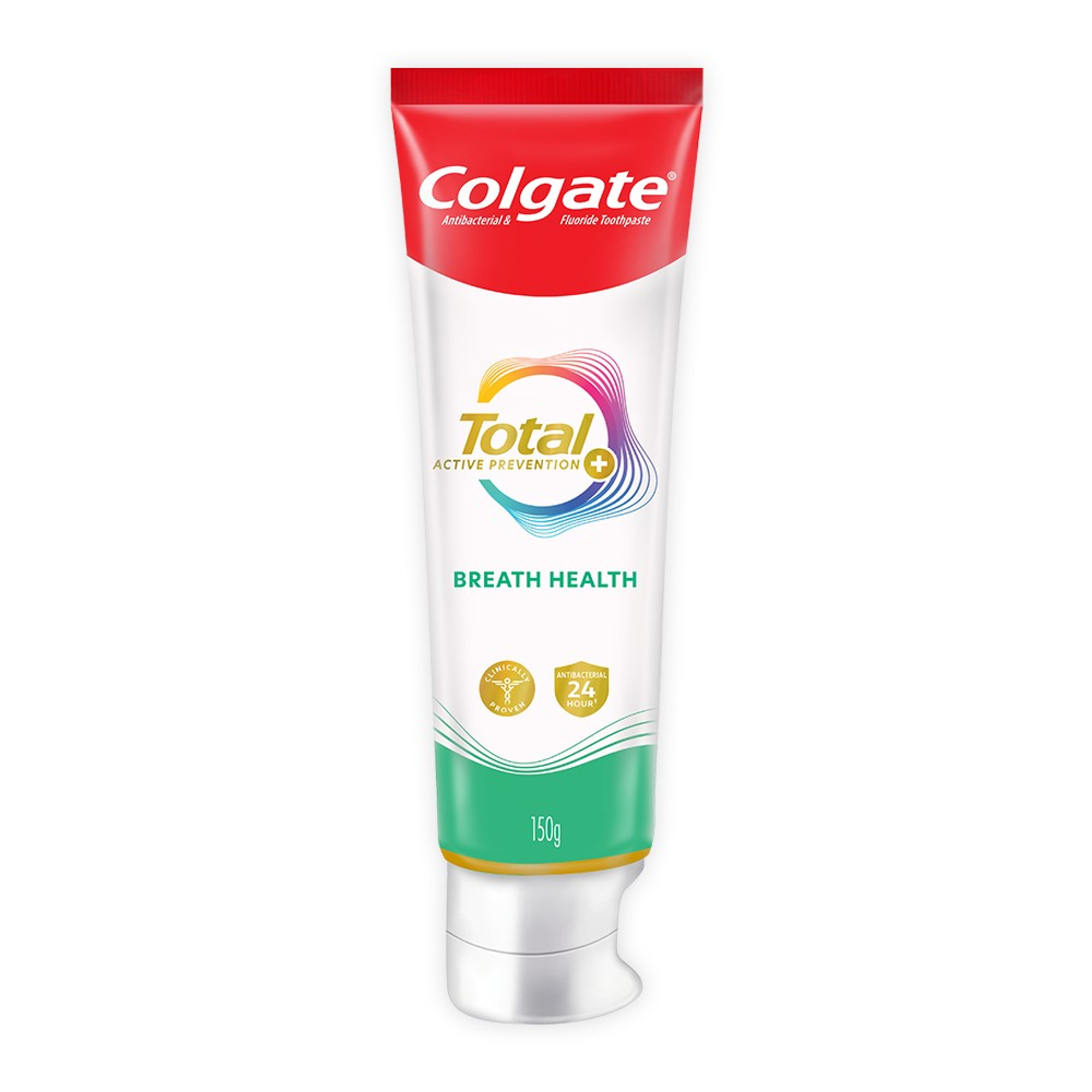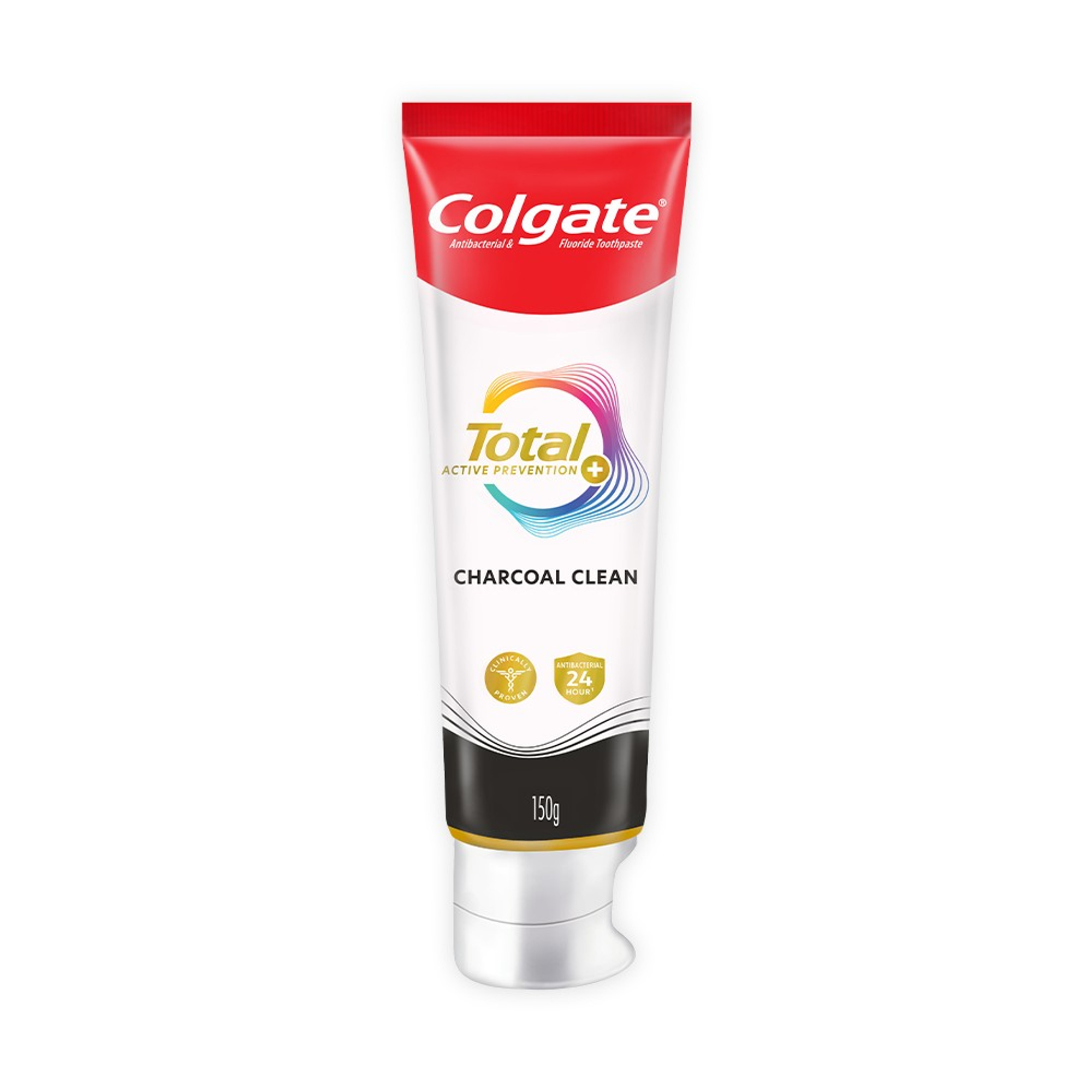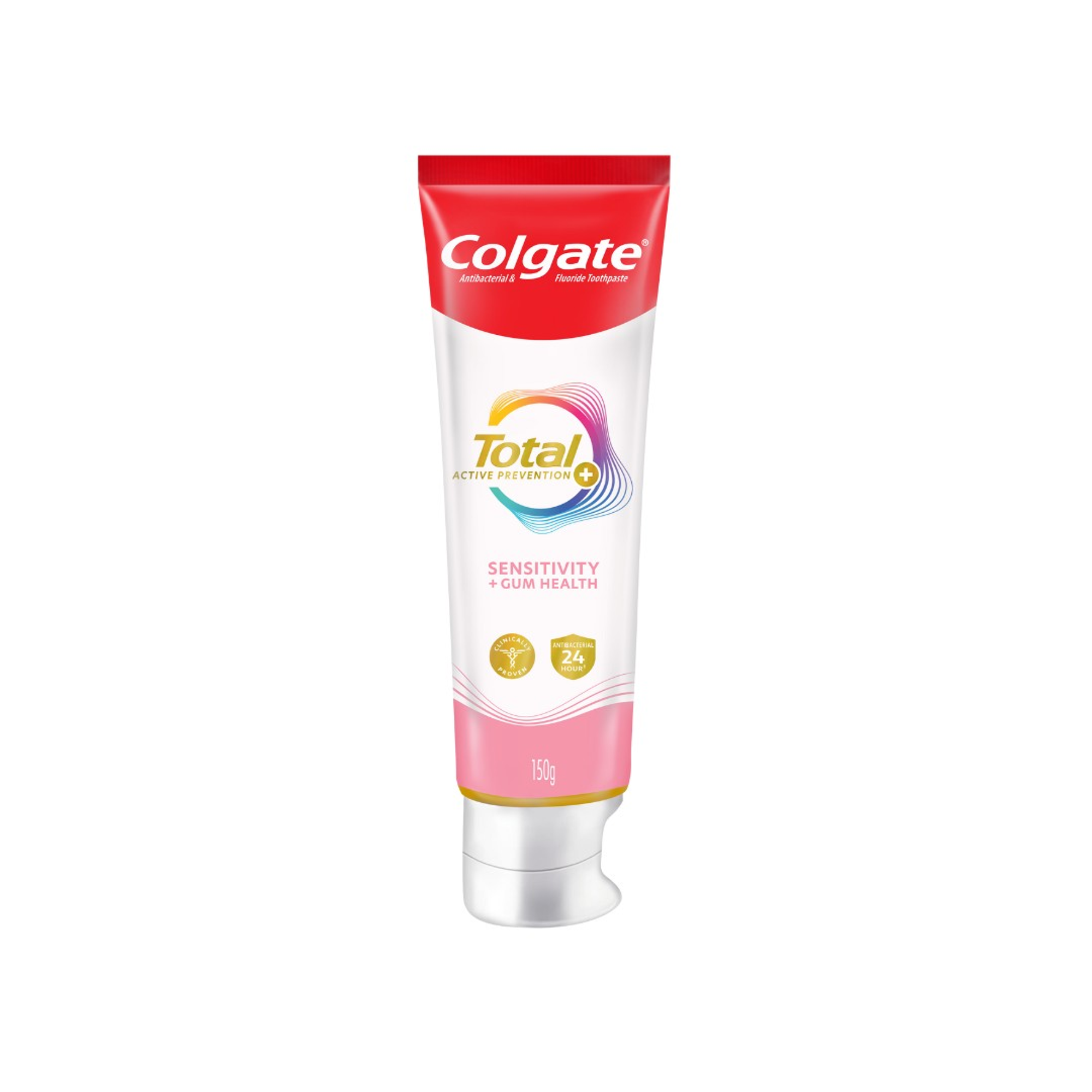-
-

ADULT ORTHODONTICS
Should You Use Mouthwash Before or After Brushing?Brushing and flossing are the foundation of a good oral hygiene routine, but mouthwash can also be a useful addition...

SELECTING DENTAL PRODUCTS
Soft Vs. Hard Toothbrush: Which One Should You Use?The toothbrush has come a long way. As the American Dental Association (ADA) notes...
-
Science & Innovation
- Oral Health and Dental Care | Colgate®
- Oral Health
- Waxed Or Unwaxed Dental Floss? Assessing Your Oral Health Needs


Why Floss?
Flossing is an essential part of any oral care routine. Brushing and rinsing on their own are not adequate to remove food debris or clean the areas between your teeth. Using a flossing device to clean between your teeth removes plaque while preventing cavities and gum disease.
If your dental routine does not regularly and adequately remove plaque, it can harden into tartar that requires professional help to remove.
Helpful tip: Even when you practice proper oral hygiene, it's important to schedule regular appointments with your dental health professional.
How to Floss Properly
The most important part of using a flossing device in your dental routine is that you actually use it. No matter what type of floss you prefer, making it a daily habit and doing it correctly will be great steps for your oral health.
Some helpful tips for effective flossing:
- Floss once a day when you have the time to be thorough, whether it’s after a meal, before bed, or at another time convenient to you.
- Don’t reuse floss as it won’t be as effective and could contain bacteria.
- Flossing before or after brushing both work great as long as you give it the proper attention.
How to floss:
- Use 18 inches of floss and wrap it around your middle fingers. Wind up more of the floss on one finger as you use it.
- Hold the floss taut between your thumbs and fingers.
- Gently maneuver the floss between your teeth without forcing or snapping it into place.
- Press the floss down to your gumline and then curve it into a C-shape to wrap around the tooth. Softly push it between your gums and tooth.
- Clean the tooth by gently moving the floss up and down its side.
Helpful tip: Flossing can be uncomfortable for some but should not be painful or cause excessive bleeding when done regularly. If you experience pain when flossing, we recommend that you schedule an appointment with a dental professional.
How Waxed and Unwaxed Floss Differ
Waxed floss is exactly what the name suggests, regular string floss with a wax coating. Is waxed or unwaxed floss more effective? The good news is no reputable research has found differences in the effectiveness of either. Both waxed and unwaxed floss are great choices for most!
At the end of the day, we recommend using the floss that feels best to you. Because the biggest contributor to flossing's effectiveness is based on doing it as a part of your daily routine, you should select the type you’re most likely to use. We recommend trying out both and seeing which one you prefer.
Some differences between waxed and unwaxed floss:
- Feel: You may have a strong opinion about how waxed or unwaxed floss feels in your mouth.
- Maneuverability: You might find waxed floss easier to slide up and down the side of your tooth for an effective clean.
- Thickness: You may find waxed floss to be too thick or normal floss to be easier to slide in between your teeth.
- Braces: If you have braces, you might have an easier time positioning waxed floss between braces. Some find that their braces fray unwaxed floss more easily than the waxed variety. You might also prefer to use a floss threader for an easier time moving between the wires and brackets of your braces.
- Adverse reactions: In rare cases, some have an adverse reaction to the materials used in treated floss, so it’s best to avoid these if you do.
Fun fact: Floss was originally made from strands of silk fibers.
It can be challenging to navigate the incredible variety of dental products available; floss is no exception. When it comes to waxed vs. unwaxed floss, both are fantastic options as long as you take the time to use them properly every day. You’re now prepared to make great use of your dental routine to help prevent gum disease and tooth decay.
Related Products

Helping dental professionals
More professionals across the world trust Colgate. Find resources, products, and information to give your patients a healthier future











